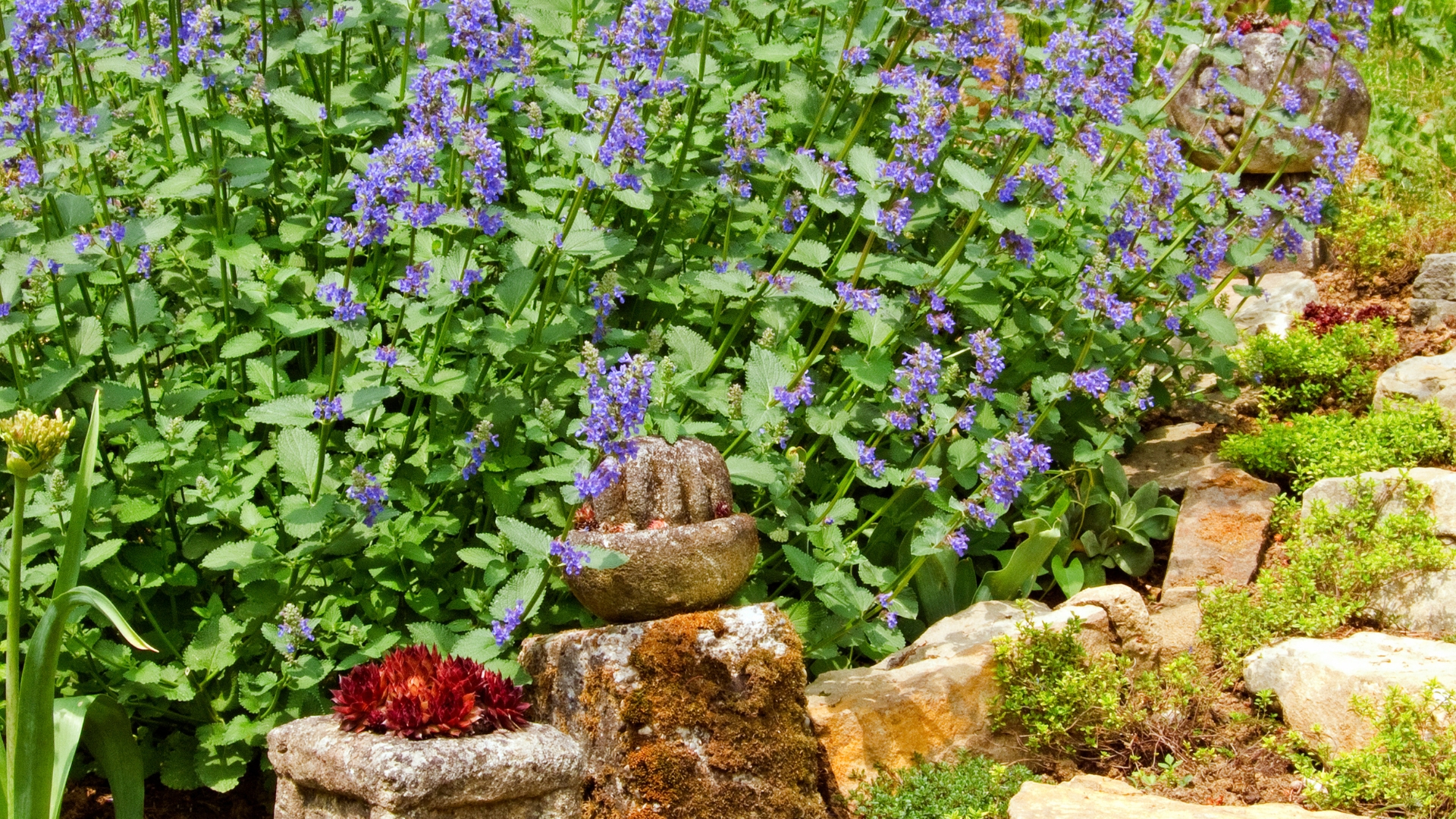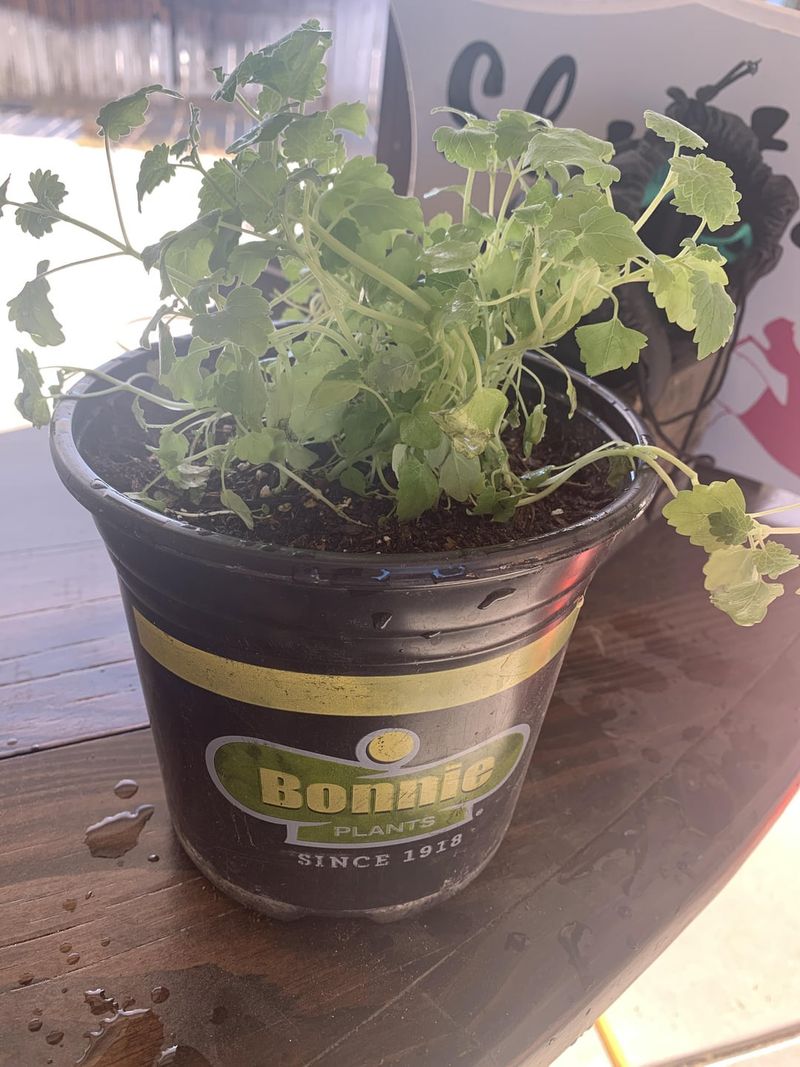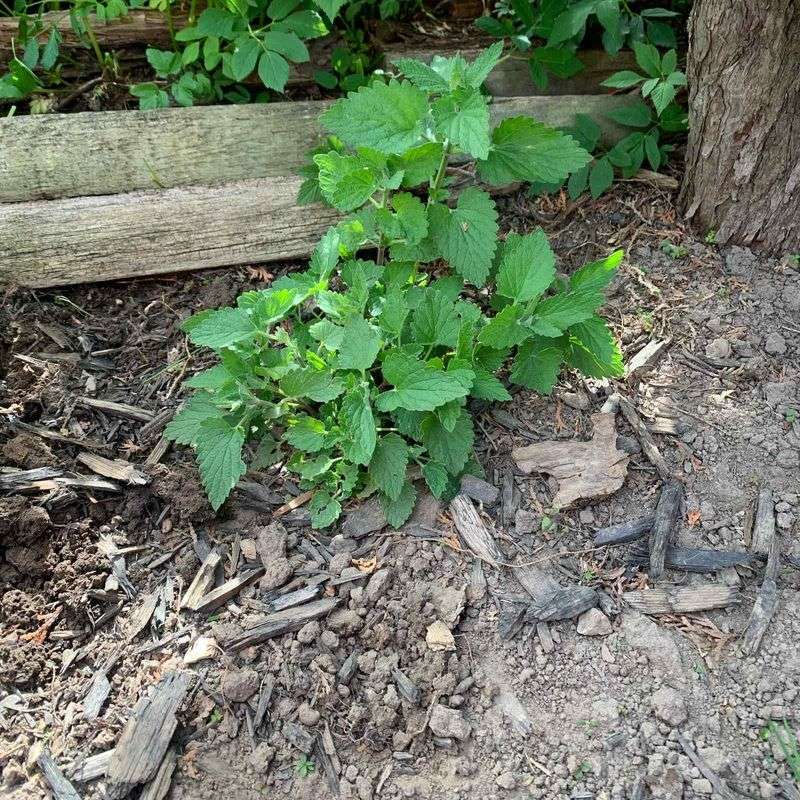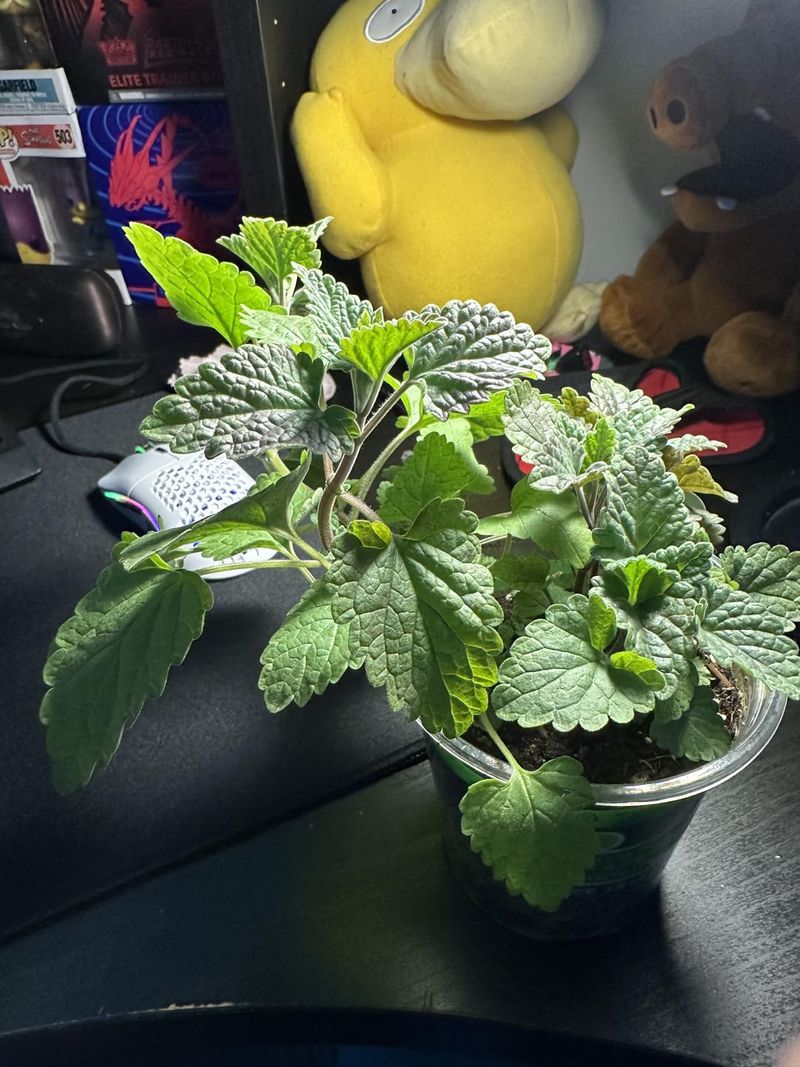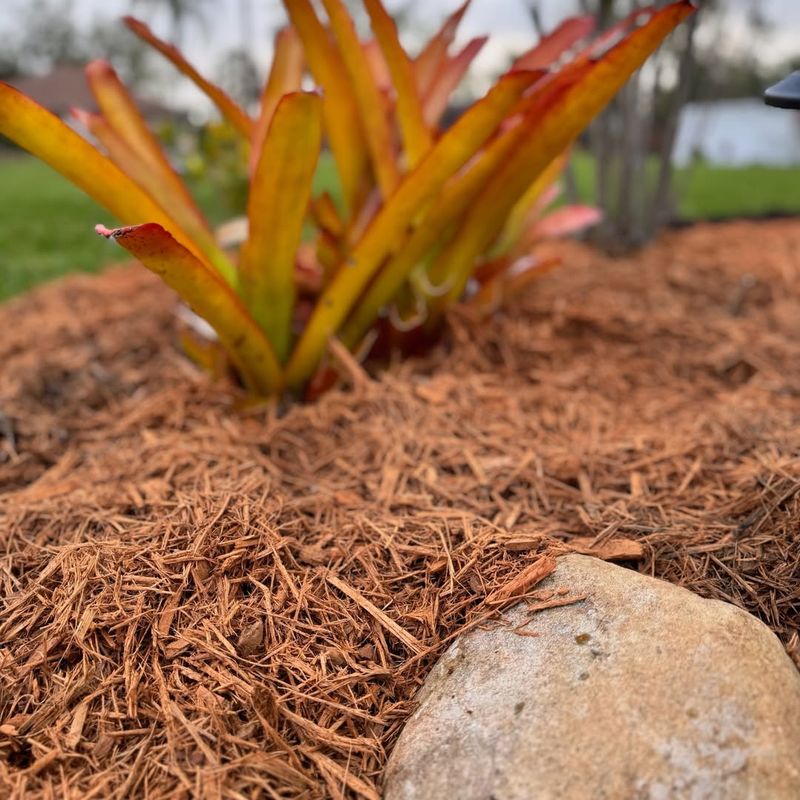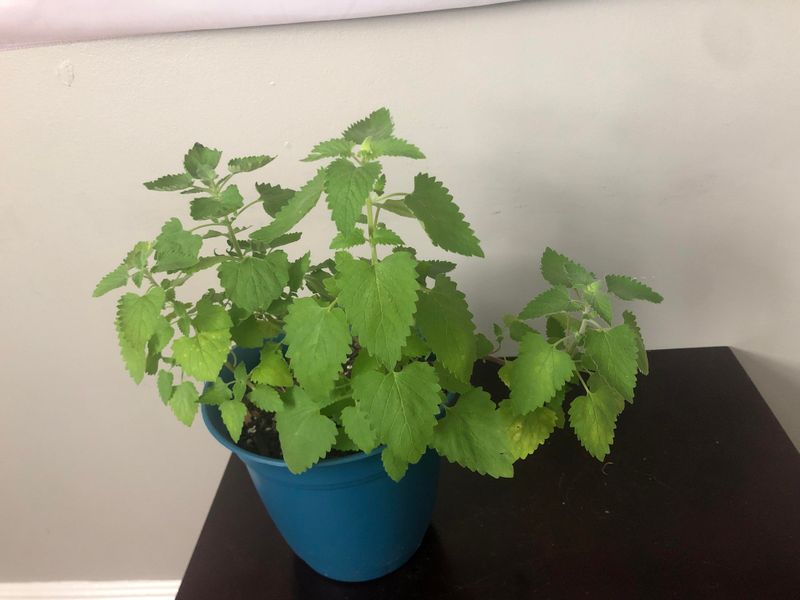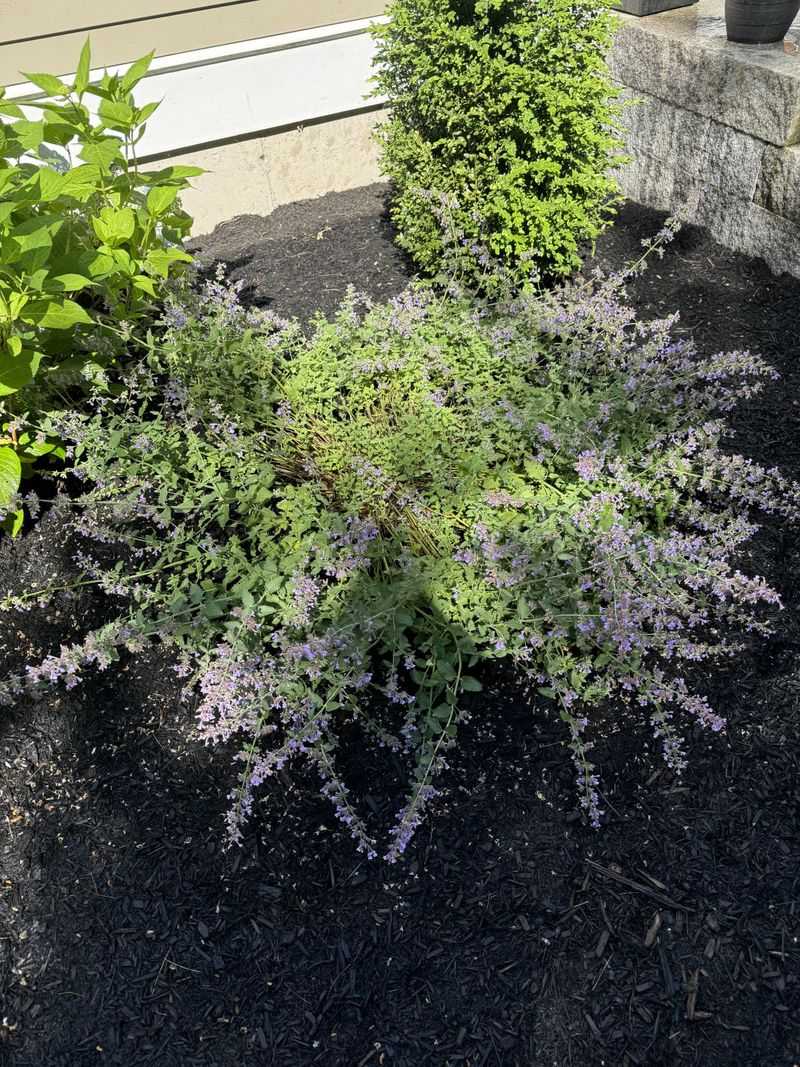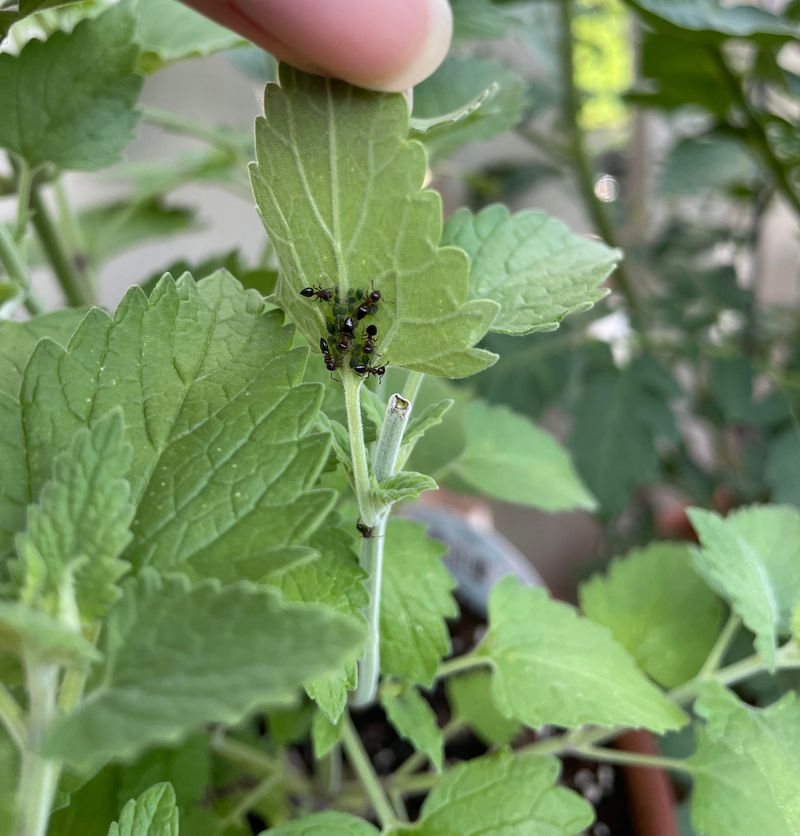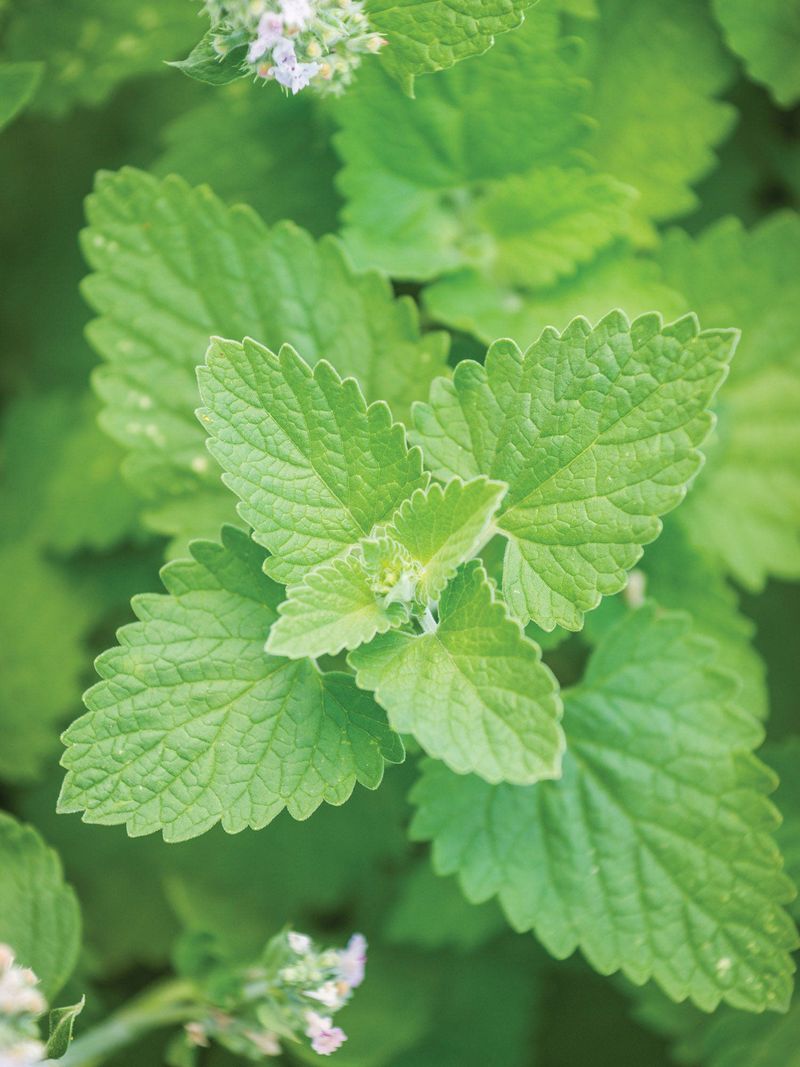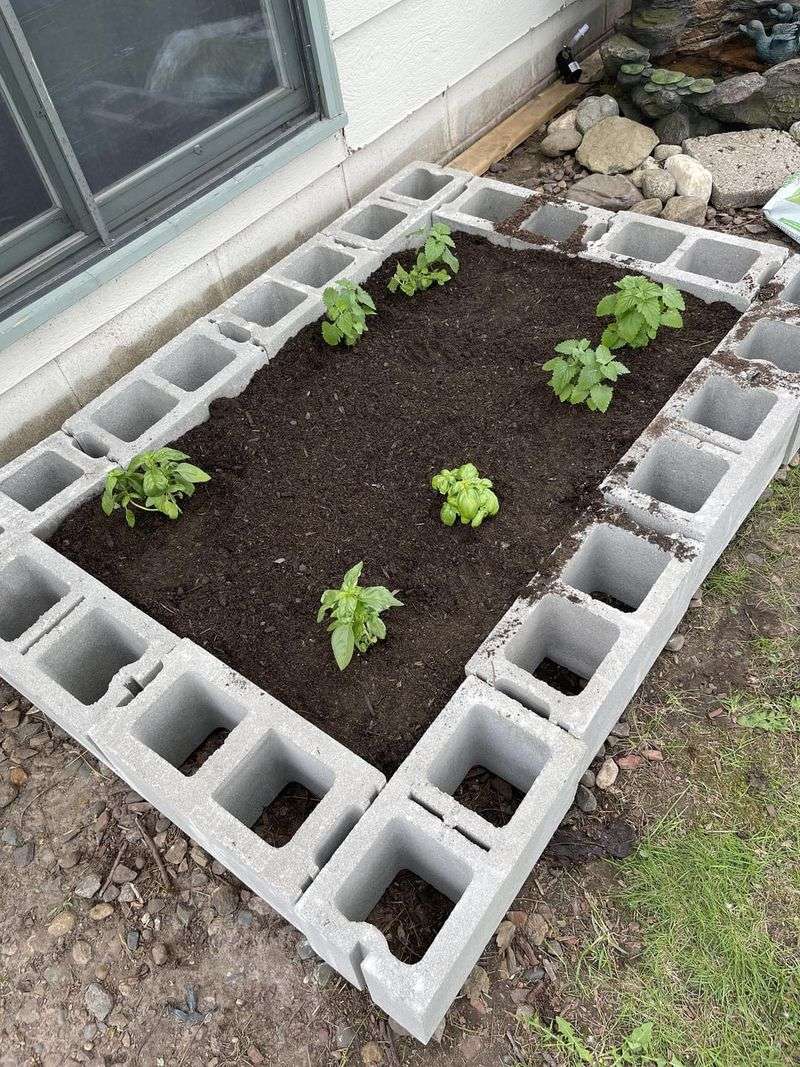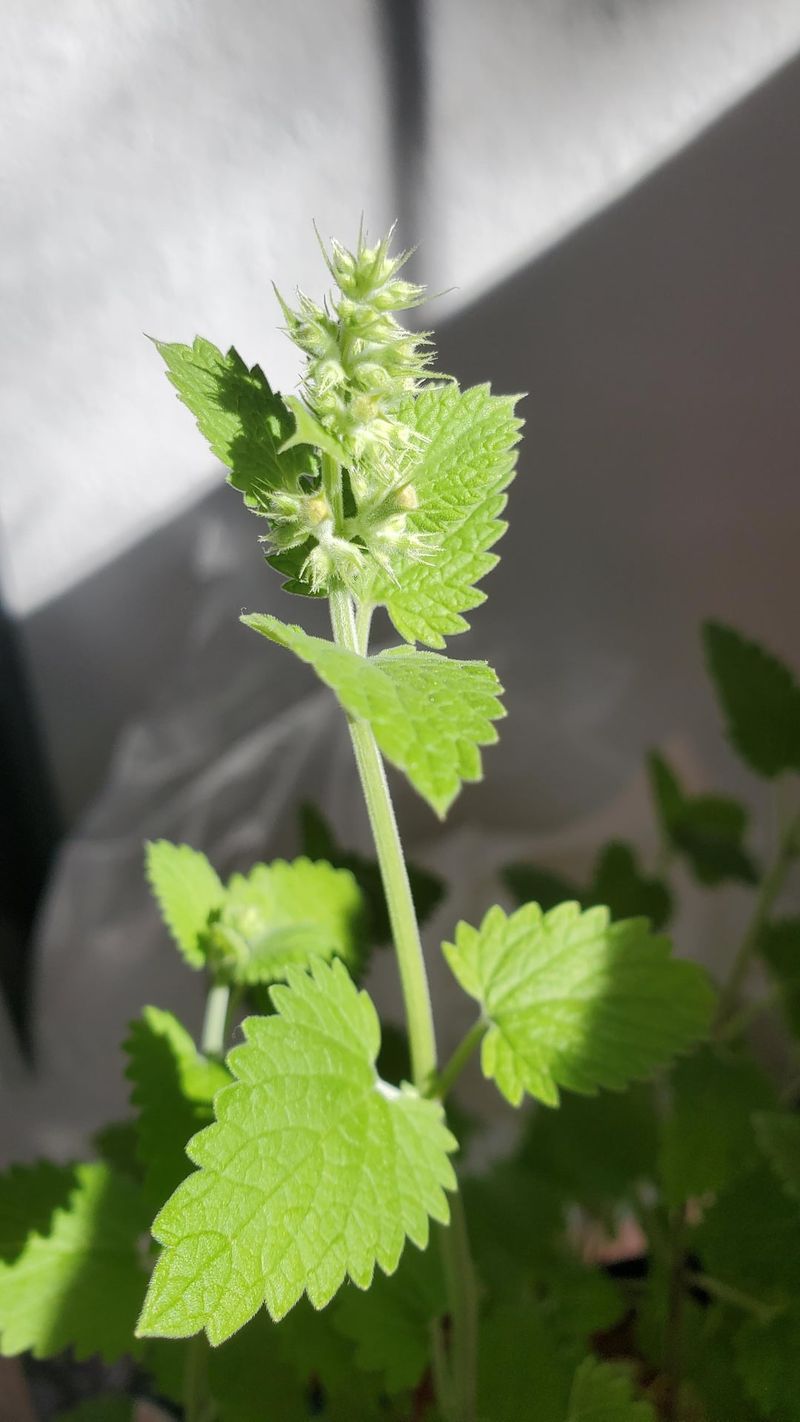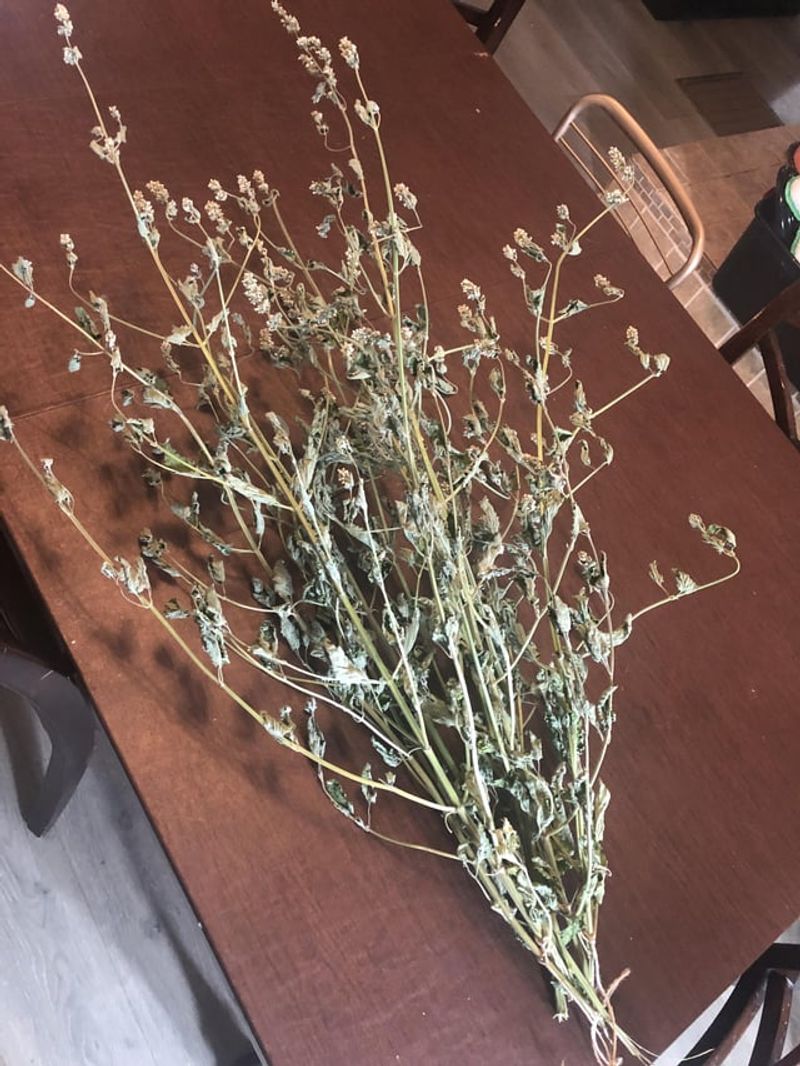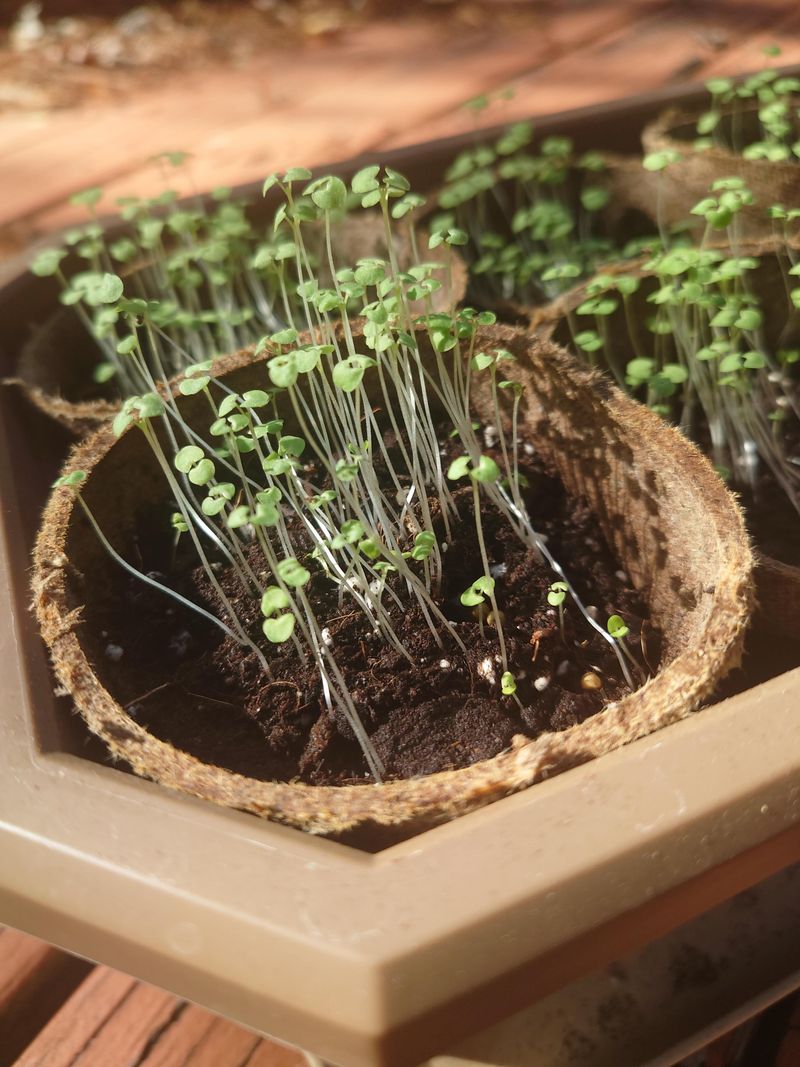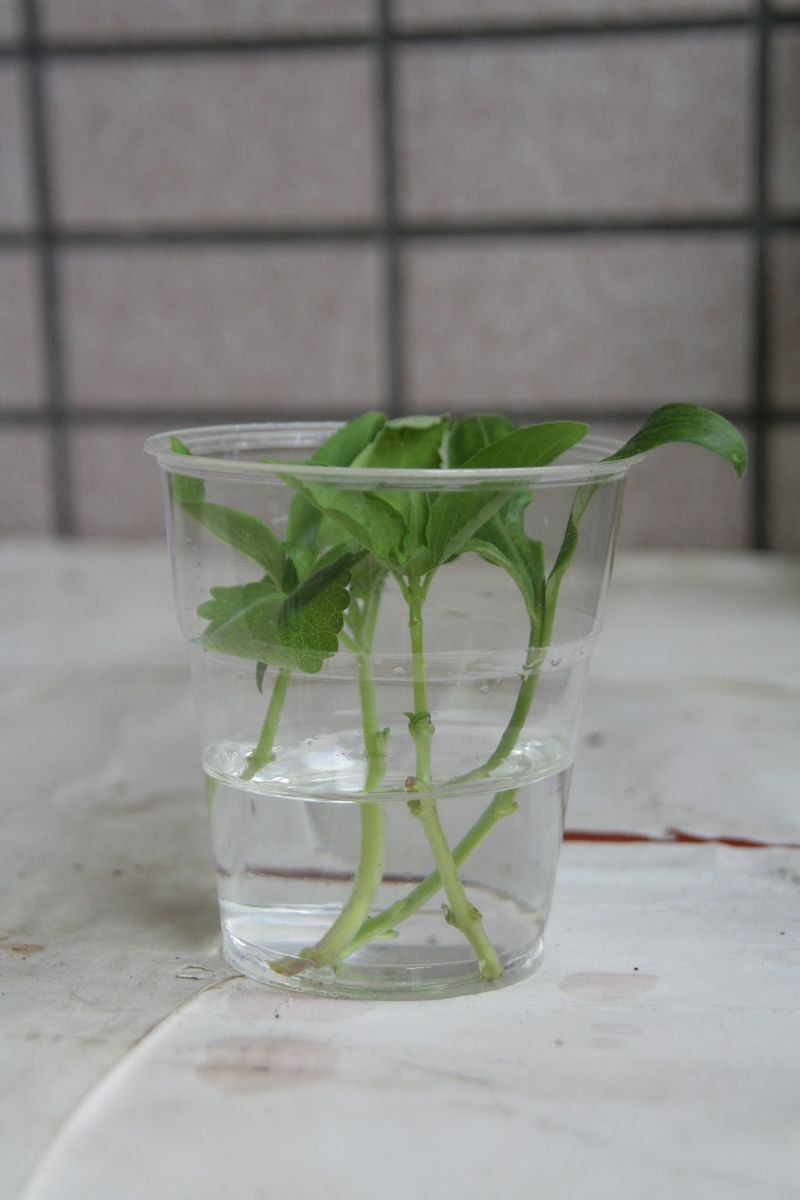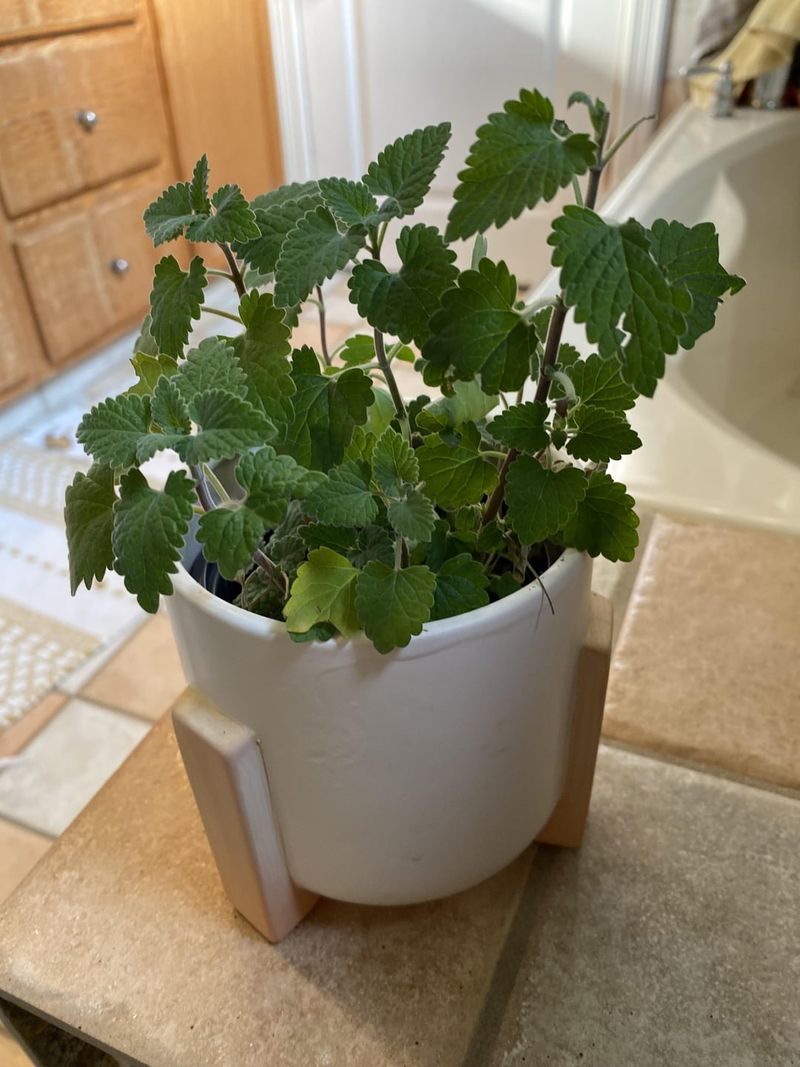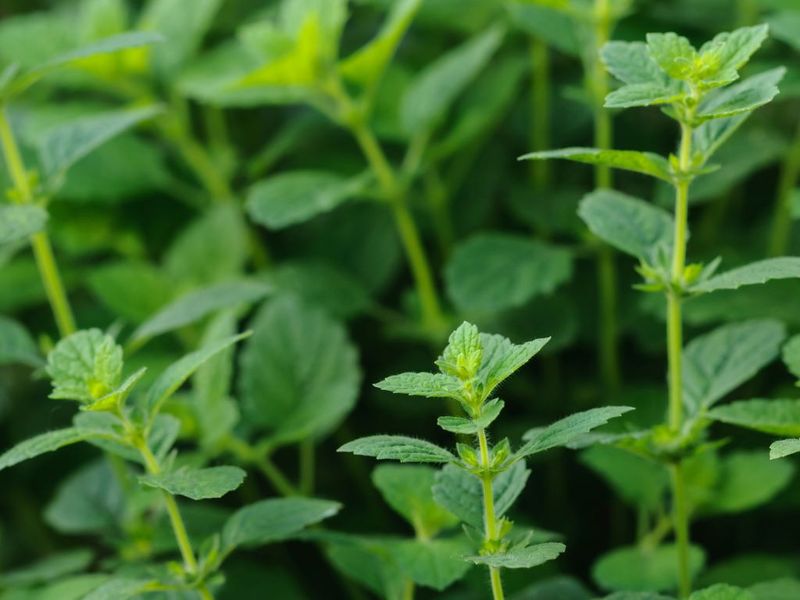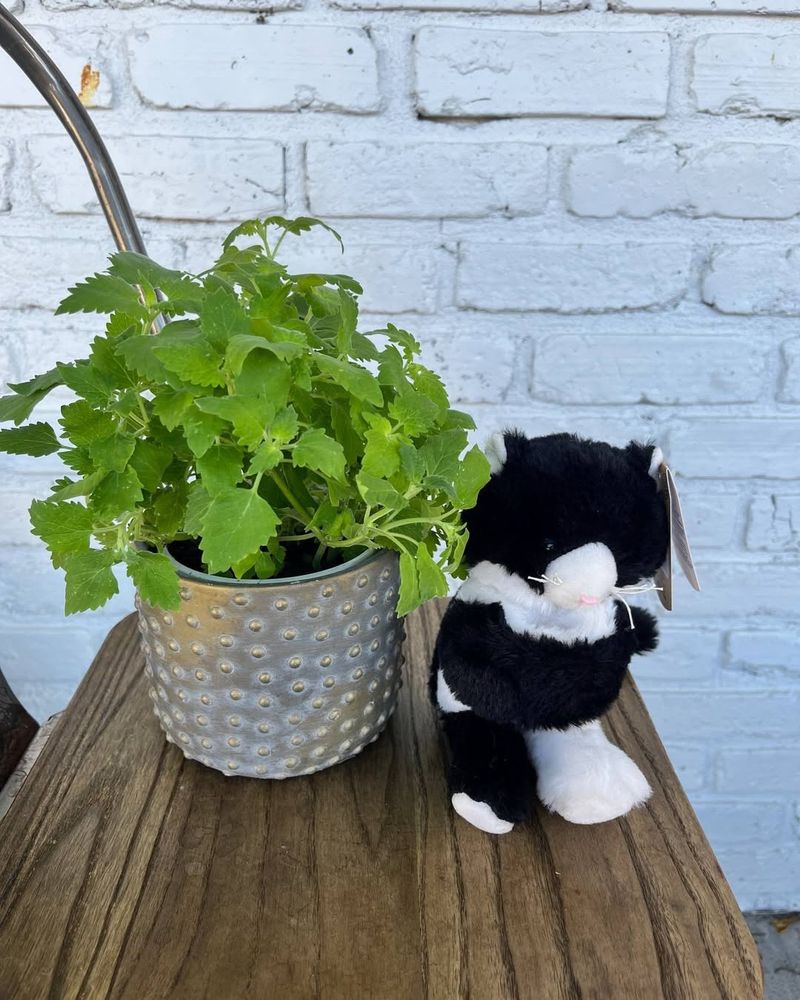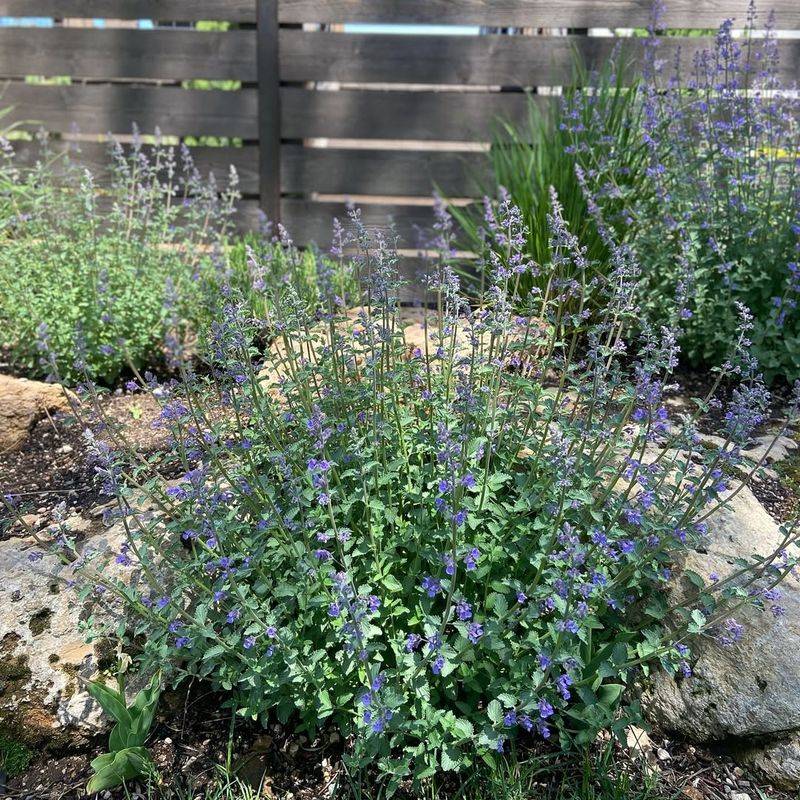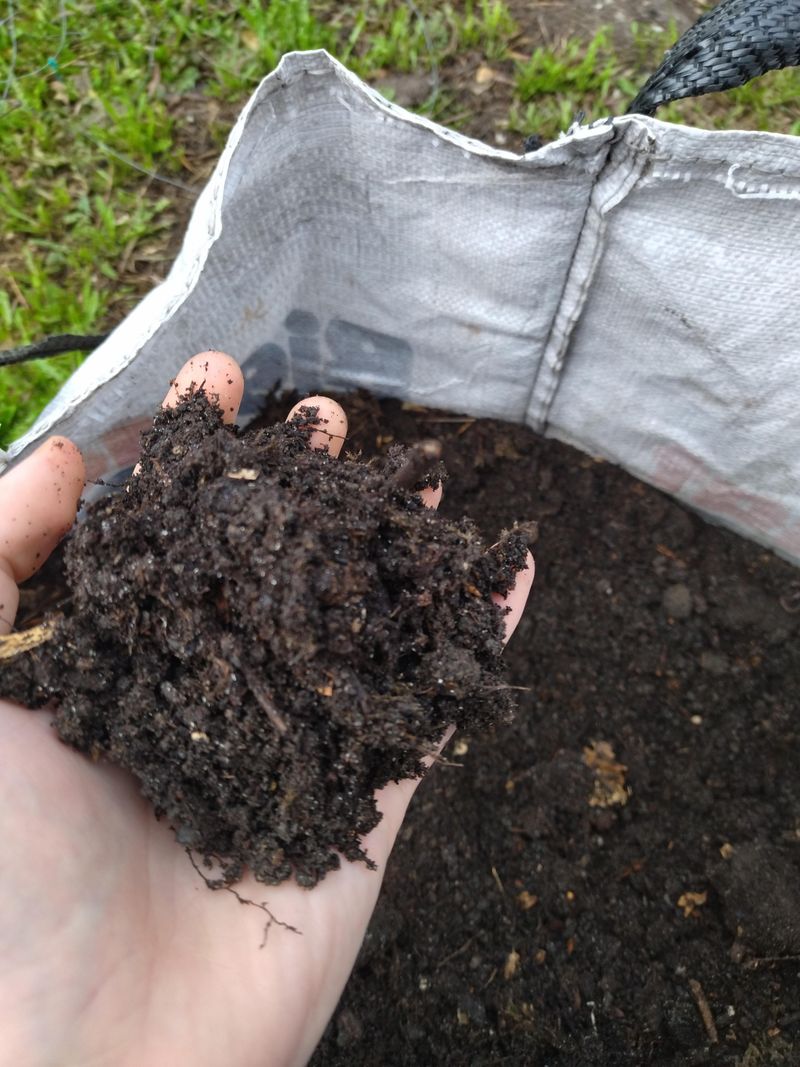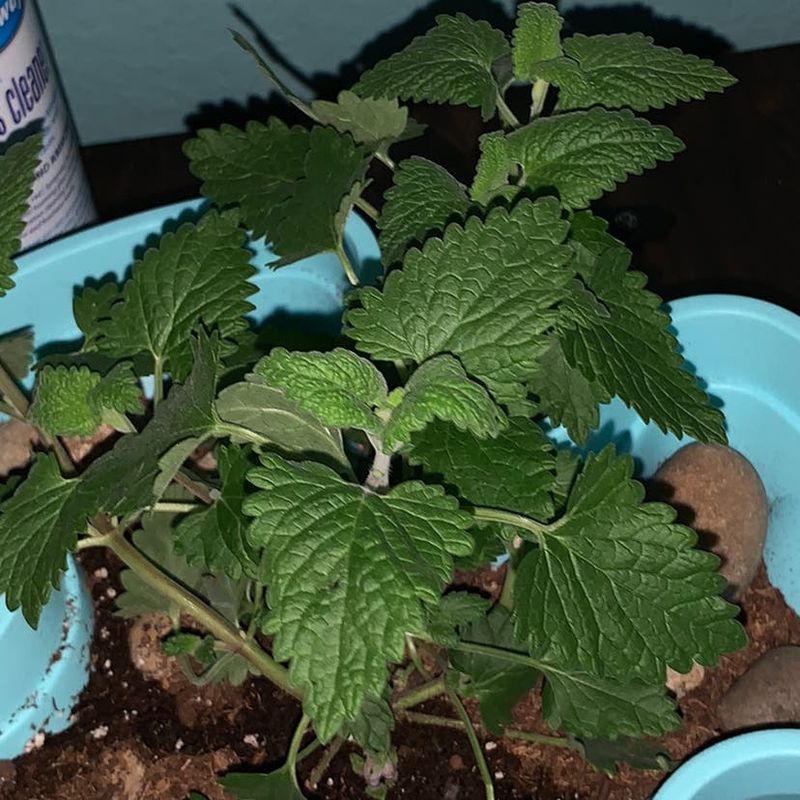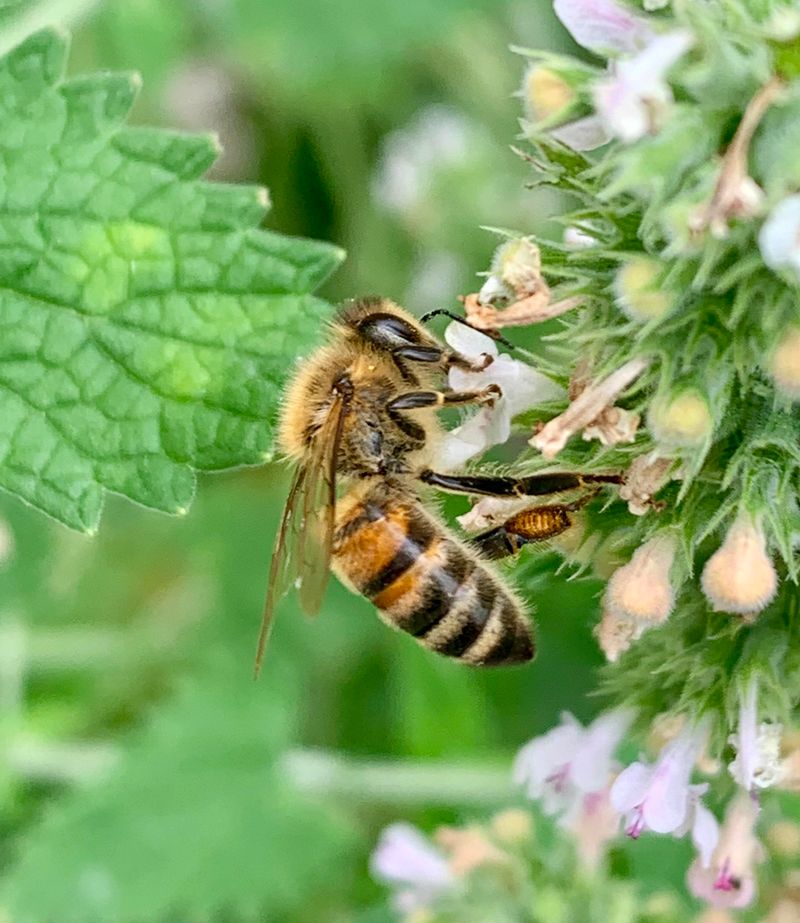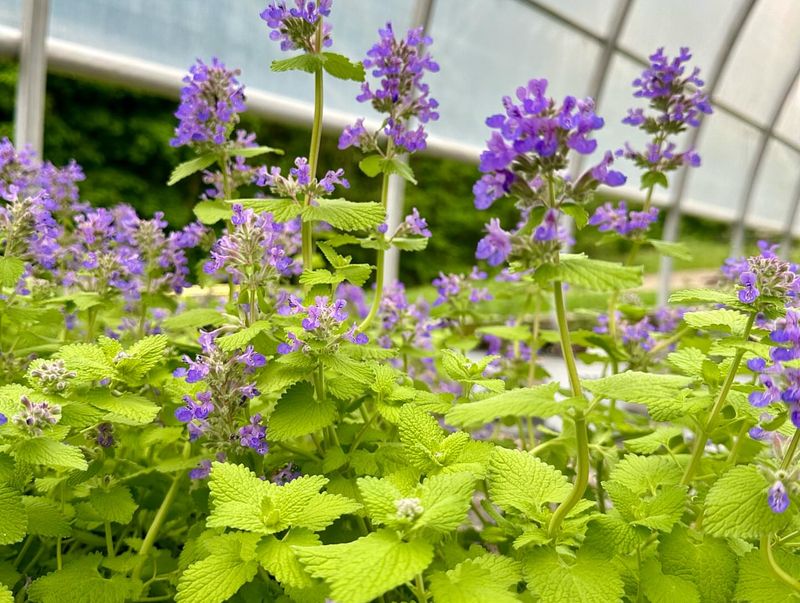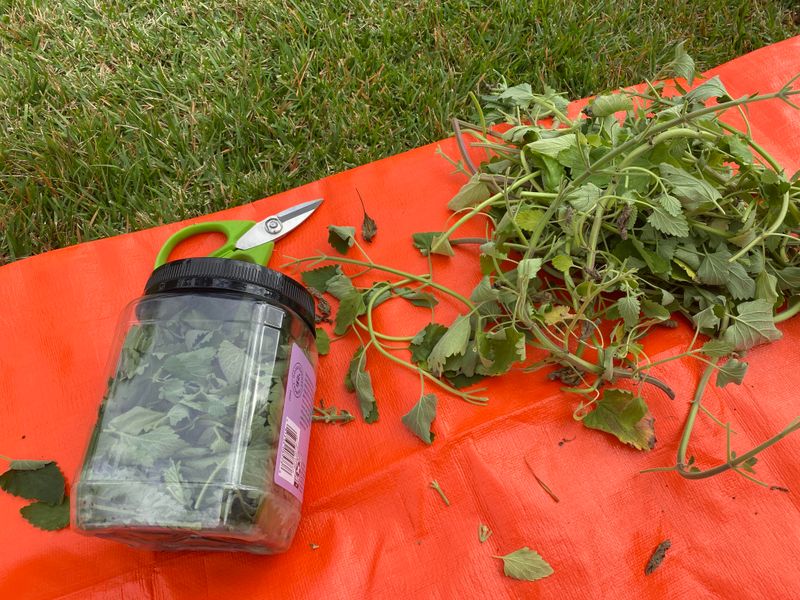Growing catnip, a favorite herb among feline enthusiasts, can be a rewarding and enjoyable experience whether you choose to cultivate it indoors or outside. This versatile plant not only enchants cats but also adds a lovely touch to your garden or home. In this listicle, we present some creative and practical tips to help you successfully grow catnip in any environment. From choosing the right soil to understanding its watering needs, these insights will ensure your catnip thrives and keeps your furry friends delighted.
1. Choose the Right Location
Finding the right spot for your catnip can make all the difference. This plant loves sunlight, so aim for a location that receives at least six hours of direct light each day.
If you’re growing indoors, a south-facing windowsill can be perfect. Outdoor gardeners should look for a sunny spot that offers some protection from strong winds.
Catnip is quite hardy, but choosing the right location can ensure it grows lush and healthy. Remember, happy plants mean happy cats!
2. Understand Soil Preferences
Soil quality plays a crucial role in growing catnip successfully. This herb thrives in well-drained soil, so consider adding sand or gravel to your garden mix to improve drainage.
If you’re planting in pots, use a high-quality potting mix that allows water to flow through easily. Catnip isn’t fussy about soil pH, but slightly acidic to neutral conditions work best.
Ensuring the soil is just right will help your catnip flourish, delighting both you and your feline friends.
3. Watering Wisely
While catnip doesn’t demand constant watering, it’s important to maintain a consistent schedule.
Water your catnip deeply but infrequently, allowing the topsoil to dry out between watering sessions. Overwatering can lead to root rot, so be mindful of the soil’s moisture level. Indoors, ensure your pot has proper drainage to prevent water from pooling.
By mastering the art of watering, you’ll keep your catnip healthy and vibrant, ready for your cats to enjoy.
4. Use Mulch for Moisture Retention
Mulching is a gardener’s secret weapon for keeping catnip plants happy. Adding a layer of organic mulch around the base of your catnip can help retain moisture and suppress weeds.
This is especially beneficial in outdoor gardens where temperature fluctuations can dry out the soil. Indoors, mulch can also help regulate soil temperature, ensuring a stable environment for growth.
By using mulch, you’ll create a thriving space for your catnip, ensuring it stays lush and appealing.
5. Fertilize Sparingly
Catnip doesn’t require heavy feeding, but occasional fertilization can boost its growth. Opt for a balanced organic fertilizer, applying sparingly during the growing season.
Too much fertilizer can lead to leggy growth or reduced essential oil content, affecting the plant’s appeal. For indoor plants, a diluted liquid fertilizer every four to six weeks works well.
Appropriately timed feeding will support healthy foliage and a fragrant aroma, making your catnip garden irresistible to cats.
6. Prune Regularly
Pruning is essential for maintaining a healthy and bushy catnip plant. Regularly trim your plant’s stems to encourage fuller growth and prevent it from becoming leggy.
Early spring or after the flowering period are ideal times for pruning. Removing dead or damaged leaves will also promote new growth and enhance the plant’s overall appearance.
This simple practice keeps your catnip looking vibrant and well-kept, ready to entertain your feline companions.
7. Protect from Pests
Though robust, catnip isn’t immune to pests. Aphids, spider mites, and whiteflies can pose a threat, so it’s wise to take preventive measures.
Consider planting marigolds or other natural deterrents nearby, as their scent can ward off unwanted visitors.
Regularly inspect your plants for signs of infestation and use organic pesticides if necessary. Protecting your catnip from pests will ensure it grows healthily and remains a delightful treat for your cats.
8. Rotate Plants to Prevent Disease
Rotating your plants annually can help prevent soil-borne diseases that might affect catnip. By changing your catnip’s location in the garden, you can break the lifecycle of pathogens and pests.
This practice is particularly useful in outdoor gardens where soil diseases can be persistent. In containers, consider replacing or refreshing the soil every year.
Regular rotation and soil management keep your catnip thriving, reducing the risk of disease and ensuring a robust growth season.
9. Companion Planting Benefits
Companion planting can enhance the growth of catnip and create a balanced ecosystem. Pair catnip with lavender, chamomile, or basil to naturally repel pests and promote healthy growth.
These plants thrive together, supporting each other’s development. Companion planting is a great way to diversify your garden and improve overall plant health.
By strategically selecting neighbors for your catnip, you’ll cultivate a flourishing garden that benefits from mutual support and reduced pest issues.
10. Harvesting Tips for Freshness
Harvesting catnip at the right time ensures the best flavor and aroma. Pick the leaves in the morning after the dew has dried but before the sun’s heat intensifies.
This preserves essential oils, giving your catnip its signature scent. Use scissors to snip the stems, taking care not to over-harvest and stress the plant.
Regular harvesting encourages new growth and keeps your catnip bushy. Your feline friends will appreciate the fresh, aromatic treats from your garden.
11. Drying and Storing Catnip
Preserving your catnip’s goodness through drying is simple and effective. Gather small bundles and hang them upside down in a cool, dry place with good air circulation.
Once dried, crumble the leaves and store them in airtight containers away from sunlight. Properly dried and stored catnip retains its enticing aroma for months, providing endless enjoyment for your cats.
This method is a wonderful way to enjoy your harvest long after the growing season has ended.
12. Grow Catnip from Seeds
Starting catnip from seeds is both rewarding and economical. Sow seeds in well-drained soil, lightly covering them with a thin layer of earth.
Keep the soil moist and maintain a temperature of around 70°F for optimal germination. Seedlings typically appear within two weeks, ready for transplanting when they’re a few inches tall.
Growing from seeds allows you to nurture your plants from the very start, offering a sense of accomplishment as you watch them flourish in your garden or home.
13. Propagating Catnip by Cuttings
Propagation through cuttings is a straightforward way to expand your catnip collection. Select a healthy stem, cut a 4-6 inch piece, and remove the lower leaves.
Place the cutting in water or moist soil, where it will develop roots within a few weeks. This method not only saves money but also allows you to replicate your favorite catnip plants.
Propagation is an exciting and accessible way to multiply your greenery, offering more lushness for your cats to explore.
14. Indoor Planting Techniques
Growing catnip indoors requires some special care to mimic outdoor conditions. Use grow lights if natural sunlight is insufficient, ensuring your plants receive 14 to 16 hours of light daily.
Maintain humidity by placing a tray of water near your plants or using a humidifier. Indoor catnip requires regular attention to lighting and moisture to thrive.
These techniques enable you to cultivate vibrant catnip even in an apartment setting, bringing greenery and cat joy indoors.
15. Outdoor Planting Strategies
Outdoor catnip grows vigorously when given the right conditions. Ensure your garden has well-drained soil and full sun exposure.
Use barriers to protect your plants from strong winds and curious animals. Companion planting with herbs like rosemary can further boost growth by warding off pests. Outdoor strategies focus on maximizing natural resources to encourage robust plant development.
With thoughtful planning, your outdoor catnip will thrive, providing continuous enjoyment and greenery.
16. Using Containers for Versatility
Growing catnip in containers offers flexibility and control over its environment. Choose pots with good drainage and a size that allows for growth.
This method allows you to move the plants to catch the sun or shelter them from harsh weather. Container gardening is perfect for urban settings, patios, or anywhere space is limited.
It offers the freedom to enjoy fresh catnip without a traditional garden, making it accessible to anyone looking to add a touch of green to their home.
17. Experimenting with Plant Varieties
Exploring different catnip varieties can add interest to your garden. From the classic Nepeta cataria to the lemon-scented Nepeta citriodora, each type offers unique aromas and growing habits.
Experimenting with varieties can reveal which suits your climate and aesthetic preferences. This diversity enhances your gardening experience and provides varied stimuli for your cats.
Whether you’re drawn to traditional or exotic, trying new catnip varieties is an exciting way to expand your plant collection.
18. Embrace Organic Gardening
Organic gardening methods benefit both your catnip and the environment. Use compost to enrich the soil, encouraging robust growth without synthetic fertilizers.
Organic pest control, such as neem oil or insecticidal soap, keeps your plants healthy naturally. Embracing organic practices aligns with sustainable living and ensures your catnip remains a safe, aromatic treat for your pets.
This approach nurtures a healthy garden ecosystem, offering a green and eco-friendly way to enjoy your gardening hobby.
19. Understanding Plant Lifecycle
Knowing the lifecycle of your catnip helps in planning care routines. Catnip is a perennial, meaning it returns each year, but its vigor may diminish over time.
Understanding its stages—seedling, growth, flowering, and dormancy—guides your watering, feeding, and pruning strategies. This knowledge ensures you provide the right care at every phase.
By aligning your efforts with the plant’s natural lifecycle, you’ll maintain a thriving, lush garden that continues to delight over the seasons.
20. Encouraging Bees and Pollinators
Catnip’s flowers attract bees and other pollinators, vital for a thriving garden ecosystem. Encouraging these visitors supports not only your catnip but also other plants in your garden.
Planting catnip alongside flowers like echinacea or sunflowers can enhance this effect. By fostering a pollinator-friendly environment, you contribute to biodiversity and ensure your garden’s health.
Inviting bees into your garden supports global ecological efforts and enriches your catnip cultivation experience.
21. Managing Growth Through Seasons
Understanding catnip’s seasonal growth patterns helps you manage your garden effectively. In spring, encourage new growth with pruning and adequate watering.
Summer requires more frequent checks for pests, while autumn is perfect for dividing plants and preparing for winter. Winter care involves protecting roots from frost and planning for the next growing cycle.
22. Creating a Catnip Sanctuary
Designing a dedicated space for catnip transforms your garden into a feline paradise. Set aside a quiet corner with toys and soft areas for cats to lounge.
This sanctuary not only entertains your pets but also protects other plants from their curious paws. Creating a space specifically for catnip ensures your garden remains harmonious, with cats enjoying their private retreat.
This thoughtful design prioritizes both plant and pet happiness, fostering a peaceful coexistence in your garden.
23. Sharing the Bounty with Friends
Catnip’s abundant growth provides an opportunity to share its joys. Prepare small bundles of dried catnip as gifts for friends with cats, spreading the delight of your successful garden.
This gesture not only shares the aromatic pleasure but also connects you with fellow cat enthusiasts. Sharing your bounty enhances community ties and encourages others to explore catnip cultivation.
It’s a simple yet meaningful way to celebrate your gardening achievements and bring joy to other pet lovers.

